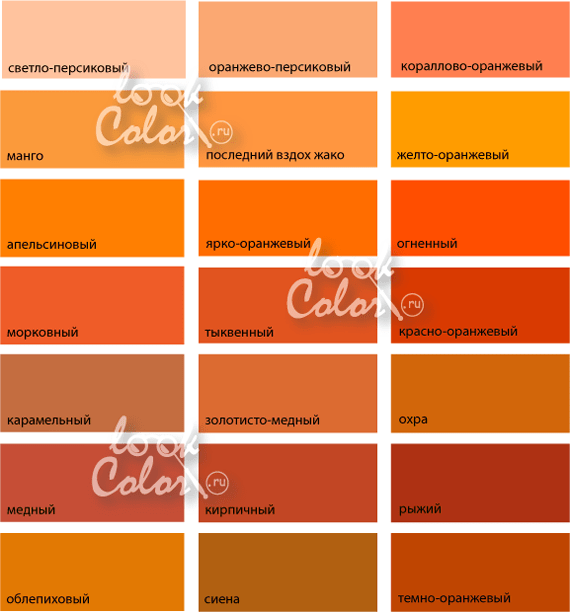
Orange color

Color theory, or color theory, is a serious interdisciplinary field of knowledge, the subject of research is a sample of color sensations in humans, as well as the theoretical and practical aspect of all external factors involved in this process. Over the next centuries, knowledge about color was based on observation of nature and experience, and all attempts to explain the perception of colors came down to intuition. Even in ancient times, painters noticed that the combination of different pigments gives completely new results, sometimes surprising. And it was the artists who, with the help of intuitive attempts to mix colors on the painting palette, created an extraordinary story of color that gave us Gothic, Renaissance or Baroque.
For example, orange
In 150 A.D. Claudius Ptolemy was the first to describe the phenomenon of the division of light. He also pointed out that not only objects, but also light have an individual color. In the thirteenth century, Roger Bacon attempted to explain the phenomenon of the rainbow and the splitting of light into individual colors. However, the problem of the nature of color was only identified in the XNUMX century, and research into its origin, influence on people and symbolism continues to this day.
For example, orange is classified as bright colored families and is obtained from a palette of complementary colors. It is obtained by mixing two primary colors: red and yellow. The name of this color it is sourced from orangetherefore the color is orange or Orange... The association of orange with citrus fruits symbolically refers to everything exotic, inspiring and exciting... It is a color that speaks of courage in action, independence and risk... He carries enthusiasm and serene energy. It calms down when it turns yellow and excites when it turns red. People who prefer orange are characterized by passion, ambition and determination in action. They love fun and company, and they always love life. Orange is associated with sunset, the most enjoyable part of the day dedicated to personal affairs.
Orange in practice
But since orange is expressive or even bright, it is used in symbolism of warning signs, first of all, to inform about impending danger. This color is used for lifejackets, lifejackets, lifebuoys, construction workers' vests, including road construction, and safety helmets. Orange contrasts with all colors of air, earth and water. Seen from afar and it does not lose its sharpness for a moment, does not merge with the air even at dusk, and is additionally phosphorized in the artificial light of lamps.
Orange played an important role in interior design when it was used for wall painting. Today in apartments it is used more sparingly, primarily to give the room freshness and contrast, for example, with gray or Scandinavian blue. Orange accents in the living room or bedroom suggest warmth and comfort, evoke associations with fire and sun.
Orange in different cultures
In China, orange is perceived as being between yellow, which represents perfection, and red, which symbolizes happiness (see: symbols of happiness). At the same time, it is identified with change, also spiritual. Yellow and red are opposite to each other, they are united by orange color, in which the best features of both are realized. In Buddhism, orange plays a special role, it the color of enlightenment and perfection in its purest dimension... Theravada Buddhist monks wear orange robes, often complemented by fiery red cloth. So, orange symbolizes intelligence, spirituality, dedication, activity and enthusiasm.
Also orange is used in feng shui, an ancient Chinese practice of space planning. He represents here the second chakra - vitality, creativity, but also sensuality, an element that is difficult to control.
Orange around us
Orange color and all its shades close to it uses modern marketing. Because this color stimulates appetite and tastebut also releases social energy, is used in the production of many food packaging. Orange can be seen on the packaging of chips, sweets and many other snacks, recommended for decorating restaurants and fast foods... Its anxious energy is designed to evoke the desire for more.
Leave a Reply